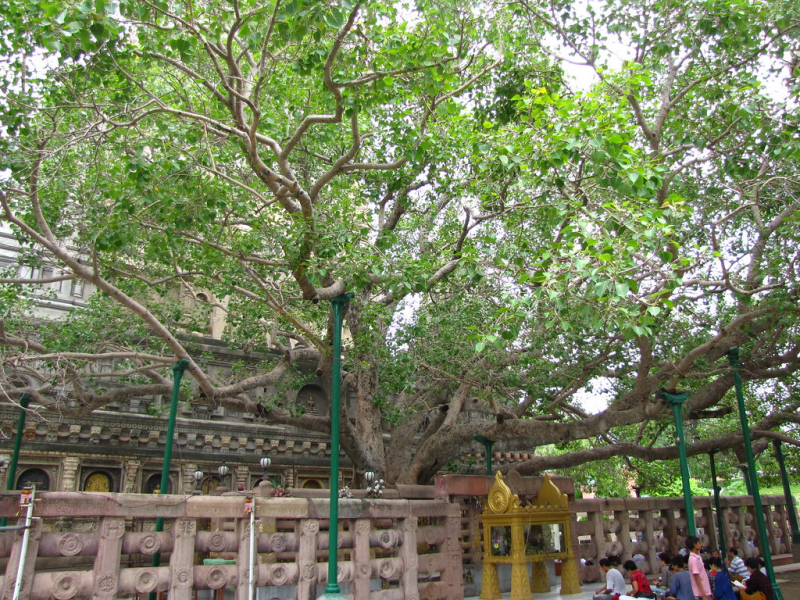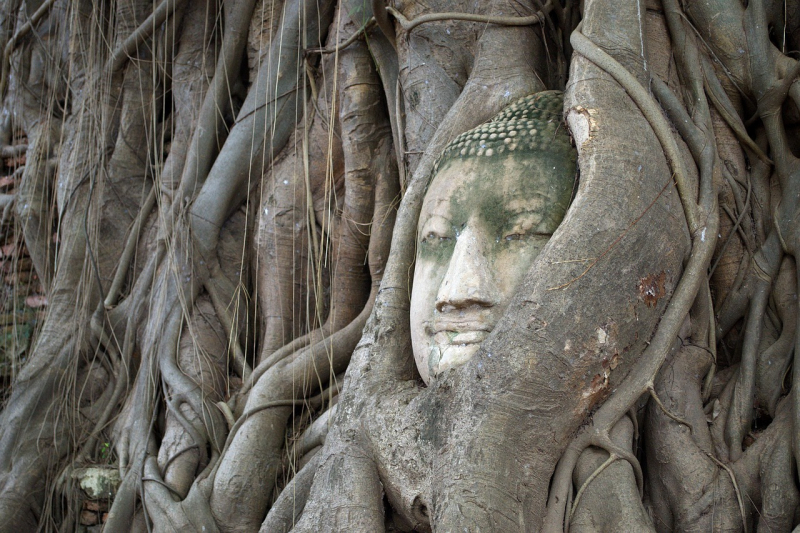Bodhi Tree

The Bodhi Tree, also known as the Bo Tree, is a sacred fig tree (Ficus religiosa) that holds immense significance in Buddhism. It is under this tree that Siddhartha Gautama, the spiritual teacher who became known as the Buddha, attained enlightenment (bodhi) around 500 BCE.
Sitting under the Bodhi Tree, Siddhartha meditated intensely and reached a state of profound understanding, becoming the Buddha. Since then, the tree has held immense significance as a symbol of enlightenment, wisdom, and spiritual transformation. In various Buddhist traditions, artists depict the Bodhi Tree in paintings and sculptures, symbolizing the awakening of the human spirit and the potential for growth and enlightenment.
The Bodhi Tree holds profound symbolism in Buddhism. It represents the Buddha's enlightenment, the ultimate goal of Buddhist practice. It also symbolizes the potential for awakening and spiritual transformation within all beings. The tree's resilience and ability to flourish in a challenging environment serve as a reminder of the enduring power of the Buddha's teachings.
Buddhists regard the Bodhi Tree as a place of pilgrimage and meditation, seeking inspiration and enlightenment through its association with the Buddha's awakening. Devotees come to Bodh Gaya to meditate under the tree, seeking inspiration and guidance on their spiritual path. They also offer prayers, circumambulate the tree, and make offerings of flowers, incense, and candles.
The Bodhi Tree has been depicted in Buddhist art for centuries, often appearing in paintings, sculptures, and murals. It is also a popular motif in traditional Indian handicrafts and textiles. The tree's image has spread far beyond India, becoming a recognizable symbol of Buddhism worldwide.
















